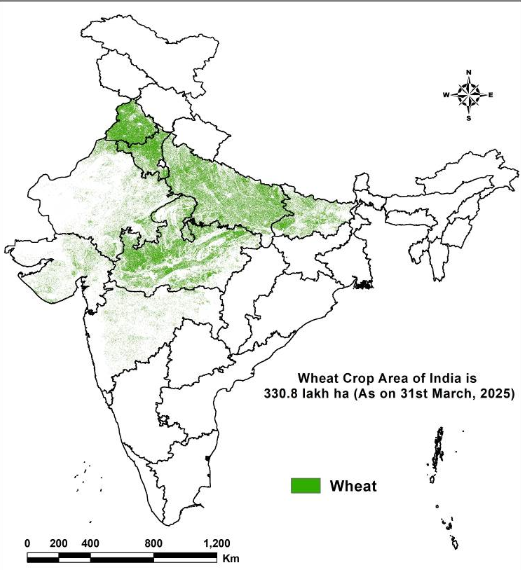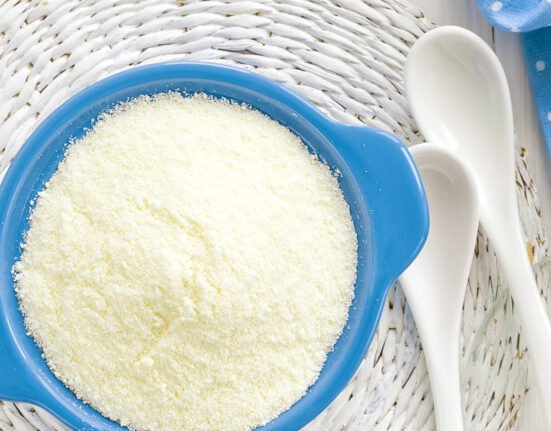April 23, 2025 | Dairy Dimension Editorial Desk
In a bid to enhance agricultural intelligence, ISRO has launched a real-time satellite monitoring tool to track wheat crop progress across India. This data-driven initiative aims to provide early insights into crop conditions and regional cultivation patterns—particularly in major wheat-growing states like Punjab, Haryana, Madhya Pradesh, and Uttar Pradesh.
While this development is rightly being framed as a leap for agriculture, its ripple effects may extend further—into sectors not immediately associated with space technology, such as dairy.
“The better you understand your crops, the better you manage what depends on them. That’s where the secondary sectors—like livestock and dairy—quietly benefit.”
— Agri-Economist, on satellite-led crop intelligence
📡 What’s Changing: Satellite Eyes on India’s Wheat Heartland
The tool, developed with the Ministry of Agriculture, uses remote sensing and AI to map wheat sowing area, growth stages, and crop health. By enabling near real-time data, policymakers and agri-planners can respond faster to climate variances, water stress, and pest outbreaks.
This could result in more accurate yield forecasting, efficient resource allocation, and ultimately, fewer surprises during harvest season.
🧭 Derived Impact on Dairy: Beyond the Obvious
So, what does a satellite monitoring wheat have to do with milk?
The connection lies in what happens after the harvest: wheat straw, a by-product that becomes a critical component of dry fodder across India. Currently, most dairy farmers plan feed strategies based on past trends, anecdotal knowledge, or delayed market signals. That’s a high-risk game in today’s volatile agri-climate.
Now, imagine a scenario where grain data can provide an early signal—not just of food production—but of fodder availability. The implications for the dairy sector become evident:
-
Feed Cost Management: Earlier visibility into wheat crop health could signal whether fodder prices are likely to rise or fall, helping cooperatives and private dairies hedge better.
-
Fodder Supply Chain Optimization: With predictive insights, procurement teams can secure straw stocks in advance, reducing the dependence on last-minute purchases or cross-regional sourcing.
-
Dairy Cluster Resilience: In high-density dairy zones, such data could support planning for feed resilience during dry spells or poor harvest years.
🐄 From Crop Surveillance to Livestock Security
This shift isn’t about replacing the dairy industry’s models with satellite maps, but augmenting them. As climate volatility increases, and as feed remains the largest cost component in milk production, integrating crop intelligence can help dairies become more proactive than reactive.
ISRO’s innovation reminds us that agriculture is no longer a siloed discipline. What grows in a wheat field affects what gets fed in a dairy shed. And what satellites see from the sky may shape what ends up in a milk pail.







